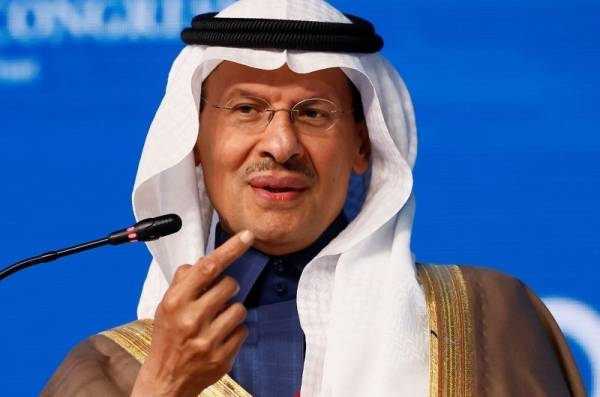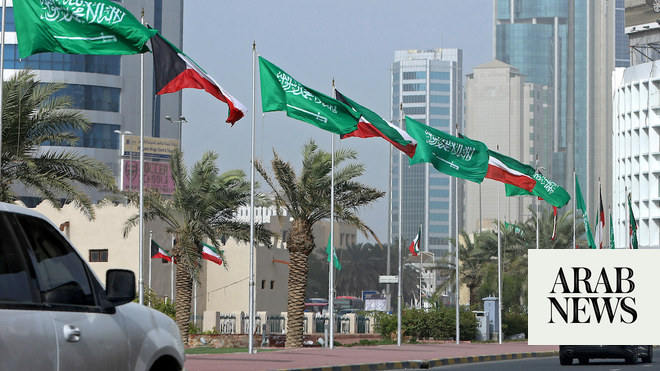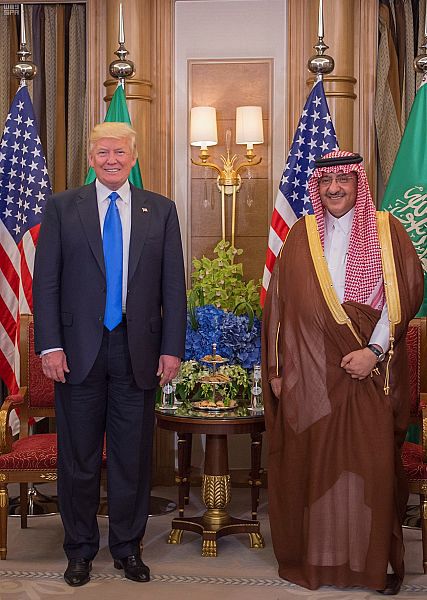
Qatar, Russia and Iran have created a complicated equation in the natural gas market. Under the current circumstances, the Middle East is facing many crises and has become an arena for mutual and competing interests. No one can say for certain whether natural wealth such as gas and oil in this region is a blessing or a curse.
It was with this in mind that Saudi Crown Prince Mohammed bin Salman said, while announcing Saudi Vision 2030, that the Kingdom would seriously work to overcome its “addiction to oil.”
There is now a problem looming in the regional gas market: Qatar is intent on increasing its gas production, threatening the interests of countries such as Russia and Iran. For example, Russia is trying to preserve its own position as one of the biggest gas producers in the world.
Taking into consideration the political and economic ties between Doha and Ankara, if Qatar gets its gas to Turkey, it means it has reached the gates of Europe and has found new export markets. Turkish President Recep Tayyip Erdogan is eager to import gas from Qatar to free himself from Tehran’s constant pressures.
In 2019, Turkey’s gas imports from Russia and Iran dropped by approximately 50 percent. Turkey criticized Iran for exporting poor quality and high-priced gas. As a result, Erdogan announced that his government wanted Turkey to become energy self-sufficient, and eventually for Ankara to be among the region’s leading gas exporters. Turkey this year announced it had discovered a large gas field in the Black Sea that will be ready for extraction in 2023.
Of course, when this gas is extracted, Turkey will likely use the discovery as leverage to lower the price of imported gas. To put it in a nutshell, Turkey is aiming to end its dependence on gas imports and eventually stop importing Iranian gas, albeit in a gradual manner.
On the other hand, if Qatar plans to export its gas to Turkey, it will have to connect its gas pipeline to Turkey via the Arabian Gulf, Iraq or Iran. Iran will never allow the pipeline to pass through its land or even local and international waters, as it will reduce its share in Turkey’s market.
Currently, Iran is more focused on exporting gas to Asian markets, particularly India and Afghanistan. However, the gas pipeline that was going to extend to Pakistan has faced obstacles and is incomplete. Also, the $200 billion joint Iran-Pakistan-India gas pipeline project is incomplete, with India raising security concerns in Pakistan.
Following the US withdrawal from the Iran nuclear deal and its increase in pressure on Tehran, India withheld its investment and slowed down its activities in various projects in Chabahar Port. History has shown that, whenever there is tension between Iran and America, India has ceased its investments in Iran.
After Russia, Iran has the largest gas reserves in the world, but it consumes most of the gas it produces. In 2018, Iran produced 239.65 billion cubic meters of natural gas, with 225.6 billion cubic meters of it (92.2 percent) consumed domestically. Iran’s domestic consumption has been increasing during the past 10 years and, if this trend continues, it will not only have no gas to export, but it will even have to import huge amounts of gas from Azerbaijan and Turkmenistan — particularly for the country’s northern regions.
To meet its gas needs, Iran needs Qatar’s imported technology to develop its share of their joint gas field in the Arabian Gulf.
Russia, as the largest exporter of gas to Europe, has expressed its dissatisfaction with Iranian attempts to send gas to Europe, potentially undermining its dominance of the market. As Qatar also tries to enter the European market, Russia will not accept this threat to its economic interests.
But, thanks to recent developments in the gas market, Qatar’s plan to export gas to Europe has been hindered. One such development is the discovery of significant gas reserves by countries that are geographically close to Europe, such as Egypt. Another is the change in the approach of some countries that are close to Egypt and Europe, such as Saudi Arabia, which is looking to enter the gas export market in line with Vision 2030.
In the past, Saudi Arabia only relied on oil and refrained from exporting gas. However, the Kingdom’s new approach is to secure a foothold in the global gas market and enter it with full force. One sign of this approach is that Saudi Arabia has increased its natural gas production by 47 percent, and it intends to become the third-largest global exporter of natural gas by 2030.
Will Saudi Arabia think about transferring its gas to Europe via Egypt and the Suez Canal? Egypt, which is a critical actor in the region’s political conflicts, discovered in 2013 a very big gas reserve in the Mediterranean Sea (the Zohr gas field) and has now started extracting from it. Therefore, Egypt will soon become gas self-sufficient and turn into an exporter. If Egypt and Saudi Arabia work together, it is more likely that a mooted gas pipeline will be constructed, meaning these two countries could export a large amount of gas to Europe. Since 1977, the Sumed (Suez-Mediterranean) pipeline has been used to export oil from Saudi Arabia and the other Gulf countries to Europe via Egypt. If the gas pipeline is built, Egypt and Saudi Arabia will have an important leverage card to influence and change the balance in the region’s political games in relation to energy flows.
As Qatar also tries to enter the European market, Russia will not accept this threat to its economic interests.
Dr. Mohammed Al-Sulami
The plan to construct a gas pipeline from the Arabian Gulf to Europe is not a new idea. In 2011, Iran presented a plan to construct a pipeline running across Iraq and Syria to Lebanon on the Mediterranean coast in order to transfer gas from the South Pars Gas Field to Europe. Two years ago, Qatar presented a similar plan to Syrian President Bashar Assad. According to that plan, Doha would establish a gas pipeline starting from the joint Iran-Qatar North Pars Gas Field, passing through Iraqi soil and Aleppo in Syria to Turkey, and from there the gas would be transferred to Europe. But Assad rejected Qatar’s plan due to his dependence on Iran and Russia.
Considering the aforementioned, one can say that countries — and even allies — on the one hand have mutual interests and cooperate with one another, whereas on the other hand they have competing interests and conflict with one another. As it is unlikely, in the near future, that the countries of the Middle East and their allies will find alternatives to oil and gas for economic development, this complicated situation will continue.
Despite the fact that the Gulf crisis has evidently brought the views and stances of Turkey, Qatar and Iran closer, this is a tactical — rather than strategic — move. Meanwhile, the Russian bear is closely monitoring the situation to preserve its own interests and share in the global markets.
Dr. Mohammed Al-Sulami is Head of the International Institute for Iranian Studies (Rasanah). Twitter: @mohalsulami
Disclaimer: Views expressed by writers in this section are their own and do not necessarily reflect Arab News" point-of-view










